Fresh Basil Pasta with Chicken and Tomato Cream Sauce
Today I want to teach you how to make this Fresh Basil Pasta from scratch. Combined with this delicious Chicken and Tomato Cream Sauce, this dish is really date night worthy. But before…
Let’s talk about intuitive cooking.
One thing about recipes is that it doesn’t matter how I put it on paper, you will do things differently than me.
This post may contain affiliate links. I earn a commission from qualified purchases. Please read our Privacy policy here.
My flour might not be the same quality as yours, or my tomato won’t be the same size as yours. I might find my sauce a bit drier than the recipe I am following described it would be.
And that’s because we are in different places, different kitchens, using different pans, ingredients, brands, whatever! There are a billion things influencing the way a recipe is going to come out.
Now, I’m not really talking about baking here. That’s why we use a scale when baking, because that precision is necessary when you are baking. But even then! The altitude, humidity, oven quality, all those things will interfere with the outcome of your baking adventure.
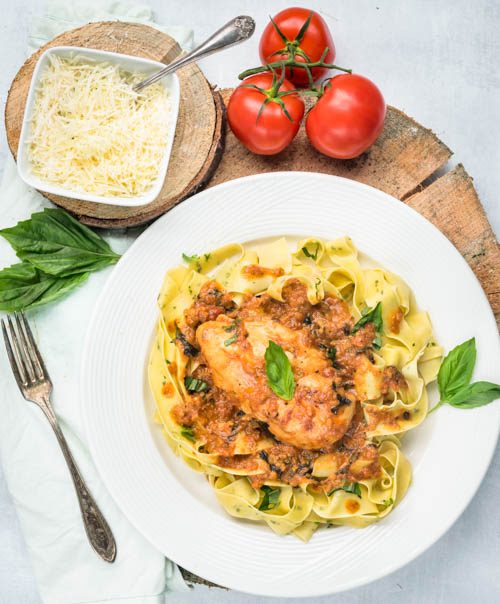
What will differentiate a good cook from a… how do I put this?… not so great one, is their intuition!
Honestly, I don’t believe you are born with that intuition. I think it’s more like a sense you develop once you’ve been cooking long enough, have had your triumphs and have made your fair share of mistakes.
It’s about knowing how to maneuver around the different circumstances in order to achieve a successful result. Once you hit that point, you will obviously still make mistakes, but you will be more likely to be able to recover from them.
Things that help you succeed in the kitchen are:
- Understand what you are doing and why. Why are you letting the dough rest? What’s the reason why you are using baking soda in a batter? Oh why, oh why do you have to use your eggs at room temperature every time you want to make a cake?
- Be mindful of the outcome you seek and do the research necessary to help you achieve it. I tend to look at 5 different recipes for the same dish before deciding which way I want to go, because they might have different methods that will obtain different results.
- Prepare yourself. You often hear about mise en place in cooking. Means that before starting to cook, you will have all of your ingredients ready, chopped, measured, sifted, what have you. Read your recipe thoroughly. You don’t want to try to make some bread for tonight’s dinner, only to find out the dough needs to rest in the fridge overnight (it’s happened to me one too many times).
- Conquer your fears. May sound lame, but I’m serious. I have had my share of failures in the kitchen. Macarons (the French meringue cookies, not the coconut ones) scared the bejeezus out of me because they are such temperamental little things. One tiny thing you do to piss them off and you end up with hollow shells or cracked tops, and all of that just because you folded the batter once more than you should have. But I have made them so many times that I can safely say I’ve succeeded a lot of times and made some kickass macarons.
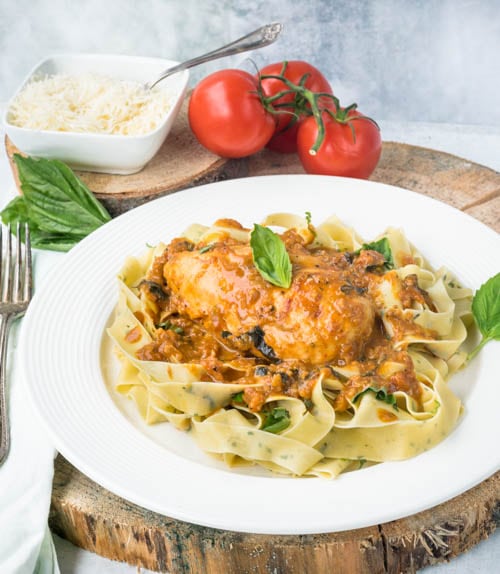
I mean, I’m no Michelin star chef, guys. But I do spend a lot of time doing this, so take it from me. The more you do this, the more you do what scares you, and try to understand why it happens the way it does, the better cook you will become. Don’t be afraid to make something and fail. Just try to understand why it happened in the first place. And next time keep an eye out for that extra fold in the macaron batter (I’m never getting over this!)
When I make fresh pasta, I use a simple combination of flour, salt and egg yolks and whites.
The eggs
A lot of recipes you’ll come across will ask for whole eggs. The reason why I don’t do that and use a ratio of about 2 yolks for 1 egg is because the yolks have less water content in them than egg whites.
The fat content in the yolks will affect the gluten development by making the dough softer and silkier. But you don’t want to add too much fat to the dough or you will end up with a dough that will crumble and will not come together.
That’s why I use a combination of whole eggs and egg yolks, so the binding isn’t done by mostly fat, but also with the help of the water present in the whites.
The oil
And while we are talking about fat content, I’ll explain why I don’t use any oil in my dough. You’ll often find recipes that ask for olive oil in the pasta dough. And I used to put some in mine. But I find that the fat in the yolks already do a good job at that. Adding olive oil will make the dough less elastic, harder to work with. It won’t roll out as easy, There will be no flow to it because of the way that the high fat content affected the gluten development.
So, combination of yolks and whole eggs on a ratio 2:1 and no olive oil.
The resting time
Also, why rest your pasta dough? I can’t stress enough how important it is to rest your dough. Resting time will ensure that the dough gets evenly hydrated. It will give a chance for the gluten to relax, making for a silkier, softer pasta. Rest your dough, people! I recommend 30 minutes to 1 hour. But you can get away with only resting your dough 30 minutes if you’re in a pinch.
You can even wrap your dough tightly in plastic wrap and rest it in the fridge overnight!
Trust your instincts when cooking. Be bold. Put dedication and love into it and it will show through!
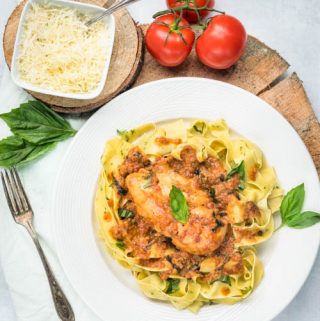
Basil Fresh Pasta with Chicken and Tomato Cream Sauce
Ingredients
- Ingredients
Basil Fresh Pasta
- 2 cups all-purpose flour
- 1 teaspoon salt
- 4 egg yolks
- 2 whole eggs
- 1/4 cup chopped basil leaves
Chicken and Tomato Cream Sauce
- 1 tablespoon olive oil
- 4 chicken breasts
- 3 teaspoons kosher salt
- 2 teaspoons freshly ground pepper
- 2 teaspoons garlic powder
- 2 teaspoons paprika
- Sprinkle of cayenne pepper
- 4 tablespoons butter divided
- 4 tomatoes on the vine
- 4 garlic cloves minced
- 1-2 shallots chopped finely
- 1/4 cup chicken broth or water
- 1/2 cup heavy cream
- 1/3 cup chopped basil leaves divided
- More salt and pepper to taste
- More basil leaves to garnish
Instructions
Basil Fresh Pasta
- Mix flour, salt and chopped basil. You can make the dough on your counter or inside of a bowl.
- Either way, make a well in the center of the flour mixture and pour egg yolks and eggs in. If you are doing this on your countertop, be careful so the egg mixture won’t leak out. Make sure the hole you open in the center is deep enough to keep the eggs in.
- Proceed by throwing flour from the edges over egg mixture with a fork and slowly incorporating the ingredients together.
- Once ingredients are incorporated, start kneading by hand until you see no more streaks of flour and the dough is soft and homogeneous. This usually takes me about 10 minutes. You can use your KitchenAid and the dough hook to do this, I do like to use my hands, though because they work so much better to incorporate the ingredients beautifully.
- Now that you have your dough formed into a ball, you can cover it with plastic wrap and let it rest on the counter for at least 1 hour. Or you can put it in the fridge overnight.
- When it’s time to roll it out, I do recommend a pasta machine. If you don’t have one, be ready to work your arms.
- For this amount of pasta, I usually divide the dough in half, then into quarters and then into eighths, and roll each piece individually.
- On my pasta maker, I roll on setting 1 once, then fold the dough in half, roll it once again on setting 1, fold it in half a third time and roll it one last time on the first setting.
- From then on, I roll it once in each setting until number 6 or 7, depends on how my dough feels. I don’t want it to be paper thin for the purpose of noodles. If I am making ravioli or tortellini, I do like it a bit thinner, but for this, I usually stop at setting 6.
- As you roll each piece of dough, leave a baking sheet and plenty of clean kitchen towels at hand. Sprinkle flour all over the baking sheet and place the first piece of rolled dough. Sprinkle flour over the dough and cover it with a clean kitchen towel. It’s important to leave it covered otherwise it will dry up and get hard.
- Sprinkle flour over kitchen towel, place second piece of rolled dough, cover with another towel. And keep doing this until you have rolled all pieces.
- Since we are making noodles, you can simply use a pizza cutter to cut dough sheets into whatever thickness you want to. If your pasta machine has that feature, use it to cut the noodles.
- Use plenty of flour so the noodles won’t stick together. You can proceed by hanging them over a pasta drier or simply place noodles on a floured baking sheet. Be very careful because the noodles aren’t dry and they will stick together if you don’t use enough flour or just pile a bunch of them together. I usually use a couple baking sheets so this way I can spread my noodles around a little better and they aren’t clumped up together.
- Bring a large pot of water to a boil with a tablespoon of salt. Once water comes to a boil, add noddles carefully and boil them for a couple minutes or less. Don’t overcook your noodles. Have in mind they take way less time to cook then dry packaged pasta from the store. At around 1 minute pull a noodle out and taste it to see if it’s cooked.
- For the purpose of this recipe, save about 1 cup of the pasta water before draining it and set aside. Drain pasta.
Chicken and Tomato Cream Sauce
- Start by bringing a medium pot of water to a boil. (or you can use the water you are going to boil your pasta in) Cut stems off tomatoes with a pairing knife. Mark an X at the bottom of each tomato with a knife. That will help you remove the skin of the tomatoes after you scald them.
- Once water comes to a boil, add tomatoes to the water and scald them for about 60 seconds or until you see the skin start to come off.
- Remove tomatoes with tongs and rinse under cold water so they stop cooking.
- Remove skin from tomatoes easily by just peeling them off. Cut tomatoes in half, remove seeds and stems and roughly chop flesh. Set aside.
- Sprinkle chicken breasts with salt, pepper, garlic powder, paprika and cayenne, on both sides.
- In a large saucepan, heat 1 tablespoon of olive oil over medium high heat. Add chicken breasts and sear for about 4 minutes on each side or until browned. Remove chicken breasts to a plate. Set aside.
- Turn the heat down to medium. Add 2 tablespoons of butter to the pan, add garlic and shallots and cook them for one minute or so. Add chicken broth (or water) to the pan to help deglaze and remove the brown bits from the bottom.
- Add chopped tomatoes and half of the 1/3 cup of chopped basil. (set the other half aside)
- Add chicken breasts back to the pan and place the lid in the pan. Turn heat down to medium-low. Cook for about 8 minutes. Remove lid and add heavy cream. Cook for another 8-10 minutes. It might take longer or less time, depending on how thick your chicken breasts are. The best thing is to have a thermometer so you can monitor when the chicken hits 165F. Taste for salt and pepper. Add more if necessary.
- Meanwhile, once chicken is almost done cooking, you should have your pot of water boiling for the pasta. Add pasta to the pan and cook as described above.
- Once chicken is cooked, add about 1/4 cup of the reserved pasta water to the pan and just bring to a quick boil. The pasta water will thicken the sauce.
- To assemble, place pasta on the plate. Top with one chicken breast, cover with sauce and sprinkle some of the chopped basil on top. You can garnish with beautiful fresh basil leaves and serve with parmigiano-reggiano.
Nutrition
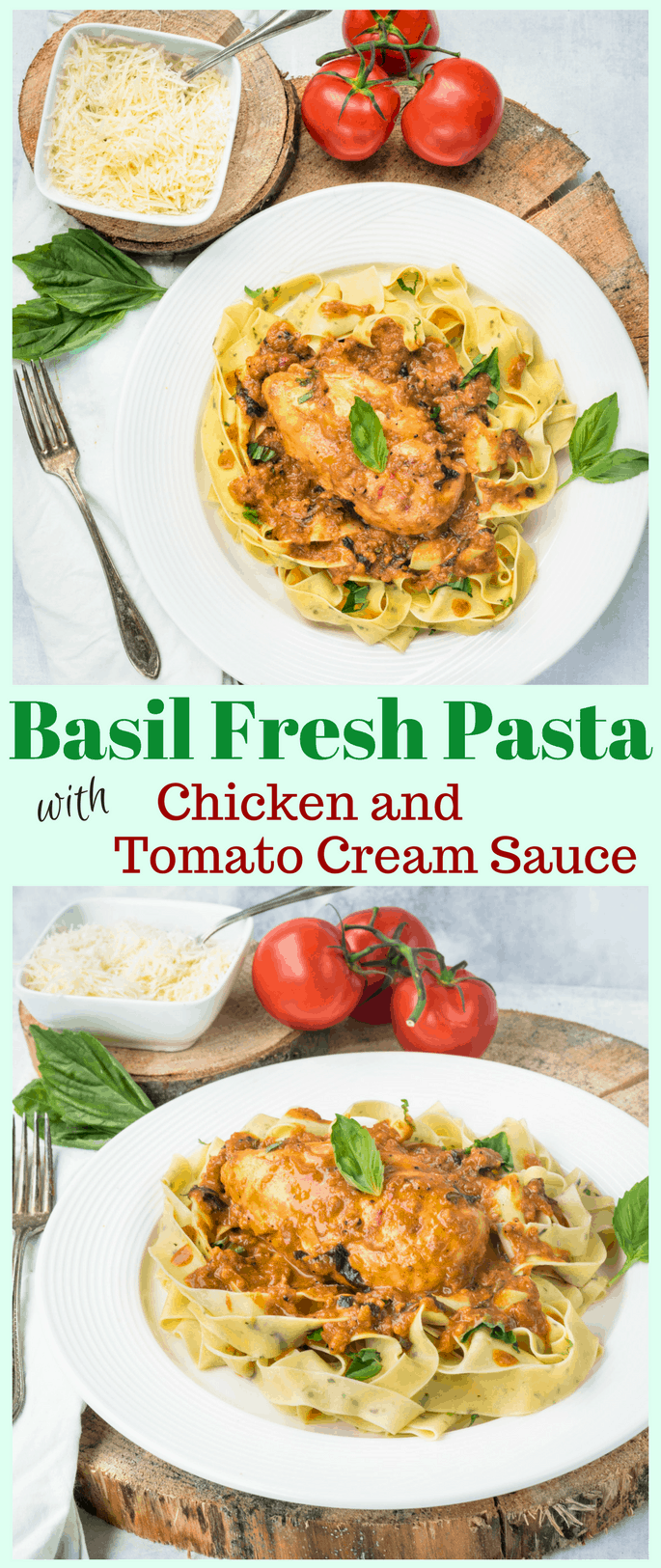


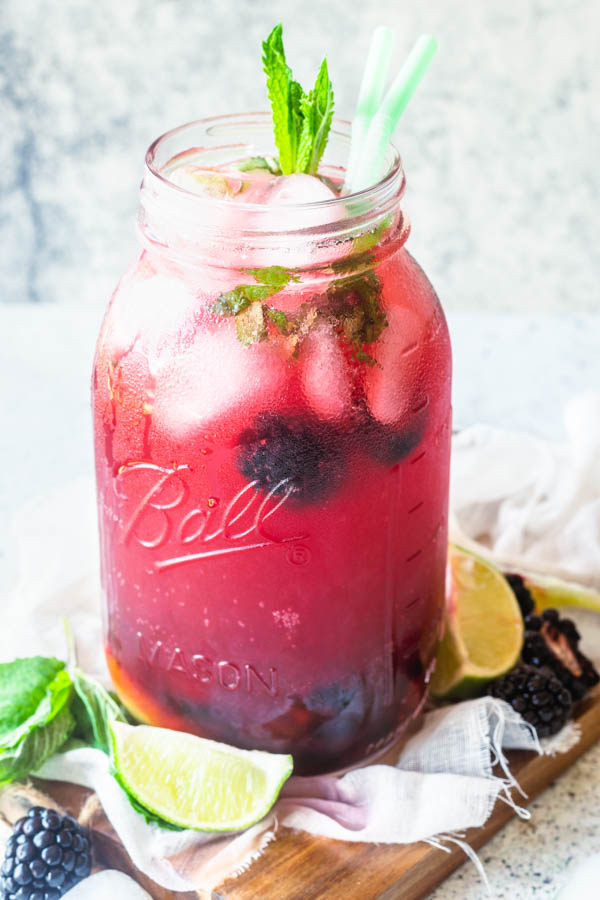
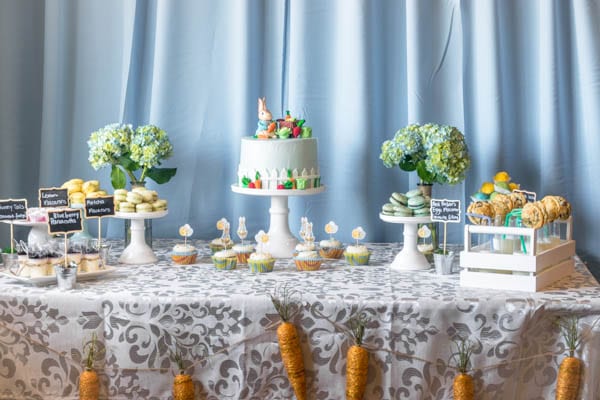
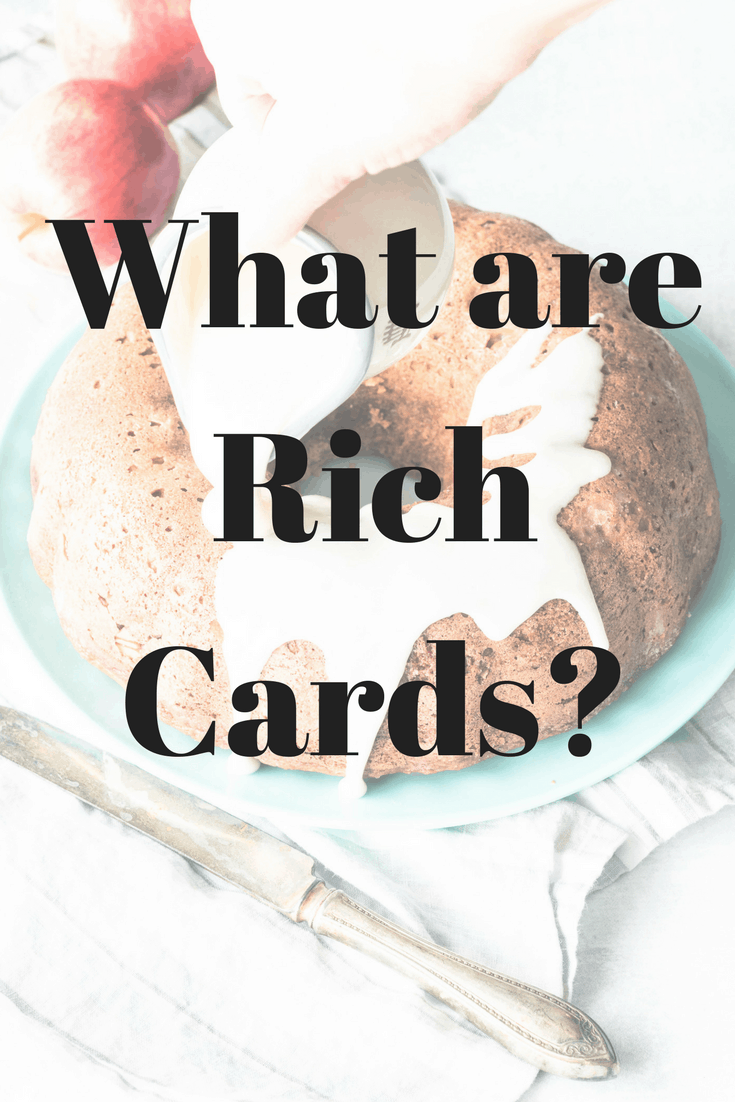
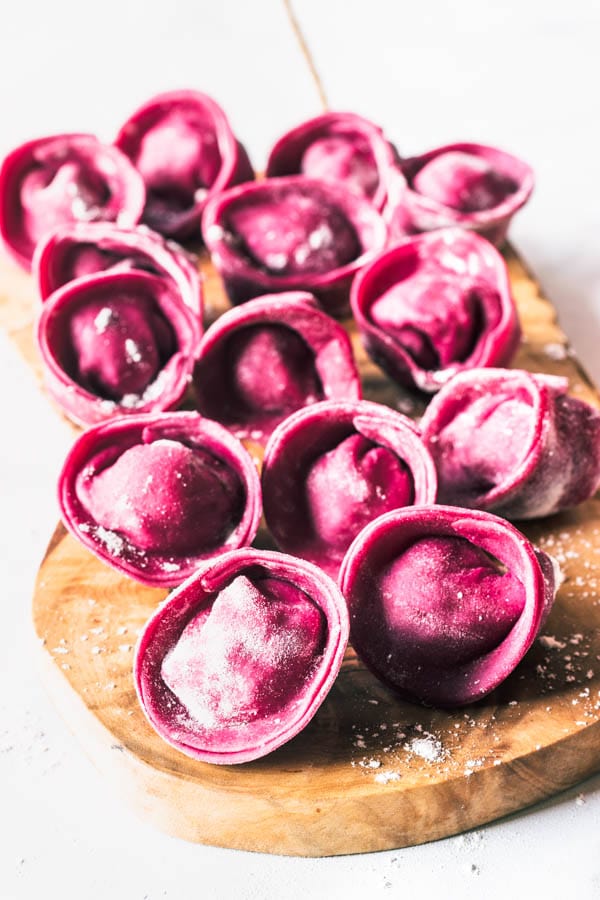
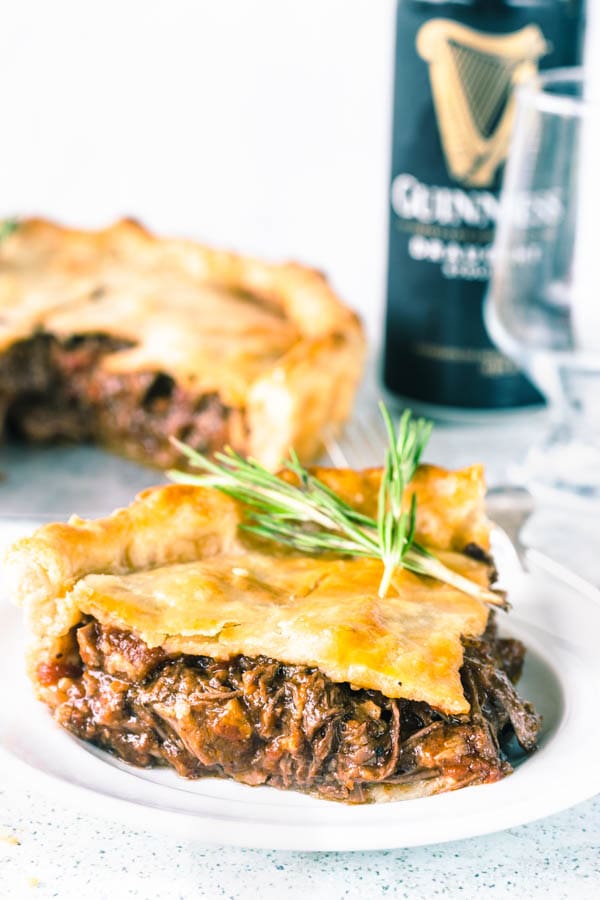
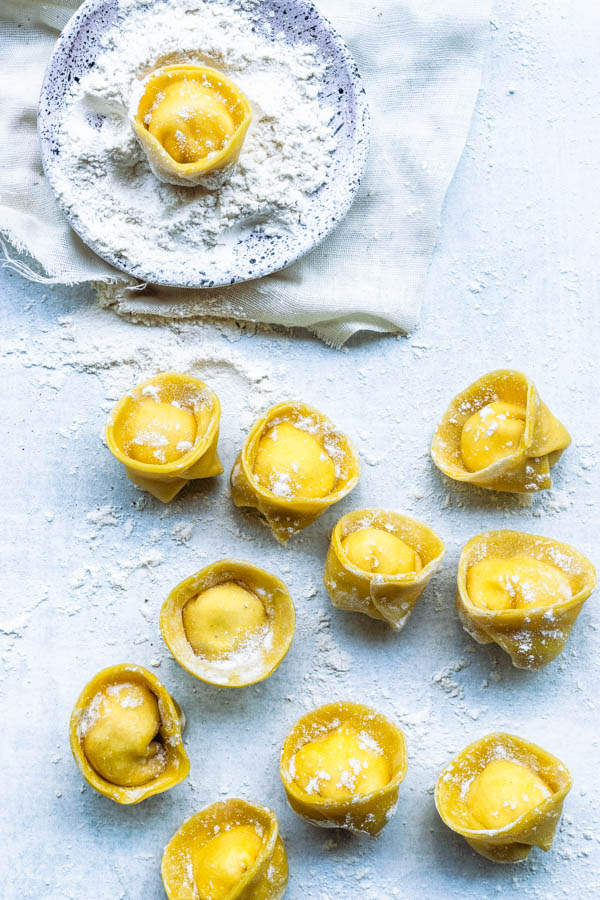
Learning quite a bit from your post and tips! Didn’t know about the egg yolk verses whole egg texture thing. That style of explaining while directing reminds me of my husband’s posts for our smoked pulled pork or maple bacon recipes! I will be checking out other recipes and am happy to find you online today (through a fellow foodie’s IG).
Hey Thank you so much!! I will be checking your husband’s post also!! Love it! 🙂
I love this recipe, one because it’s yours and two, because there is cream in the tomato sauce. My system often does not do well with tomato sauces. The fresh basil pasta sounds like an amazing base! I really enjoyed your thoughts on intuitive cooking – makes a lot of sense Camila!!